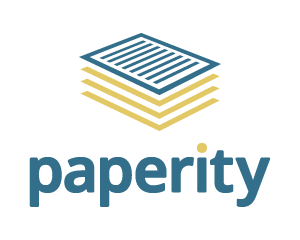Rational avoidance of accountability
Abstract
Governments across Australia regularly present the public with new accountability mechanisms. They are often developed reluctantly but, when released, presented as proof of the government’s bona fides as an honest and democratic institution. Nonetheless the public does not have a very high level of confidence in their political and executive institutions.1 The reasons for this apparent inconsistency may be numerous but there is one immediate question that can be asked: Why does the public still distrust government even though the amount of accountability regimes is increasing? The simple answers may be that either the public is unaware of the good done by these regimes and/or the regimes do not work. This paper will present a logical argument to show that it is advantageous for governments to produce accountability mechanisms but disadvantageous for these mechanisms to function effectively.
Published
Dec 1, 2007
How to Cite
LAUCHS, Mark.
Rational avoidance of accountability.
QUT Law Review, [S.l.], v. 7, n. 2, dec. 2007.
ISSN 2201-7275.
Available at: <https://lr.law.qut.edu.au/article/view/137>. Date accessed: 01 feb. 2021.
doi: https://doi.org/10.5204/qutlr.v7i2.137.
Section
Articles - General Issue
Since 2015-12-04
Abstract Views
2996
PDF Views
1555
Until 2015-12-04:
Abstract Views
651
PDF Views
853
Authors who publish with this journal retain copyright and grant the journal right of first publication with the work simultaneously licensed under a Creative Commons Attribution License (CC-BY) that allows others to share the work with an acknowledgement of the work's authorship and initial publication in this journal.
Articles in this journal are published under the Creative Commons Attribution Licence (CC-BY). This is to achieve more legal certainty about what readers can do with published articles, and thus a wider dissemination and archiving, which in turn makes publishing with this journal more valuable for authors.






